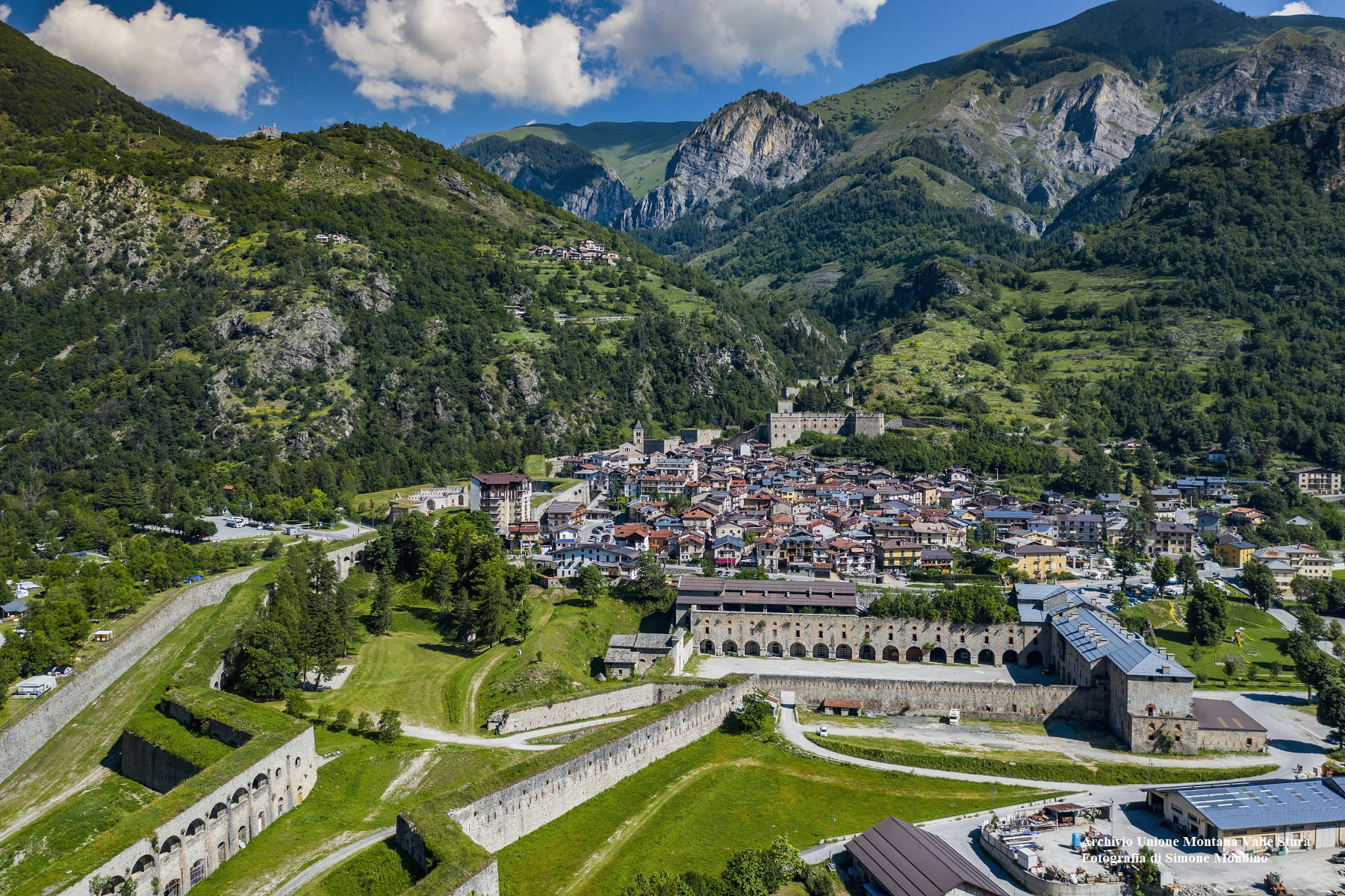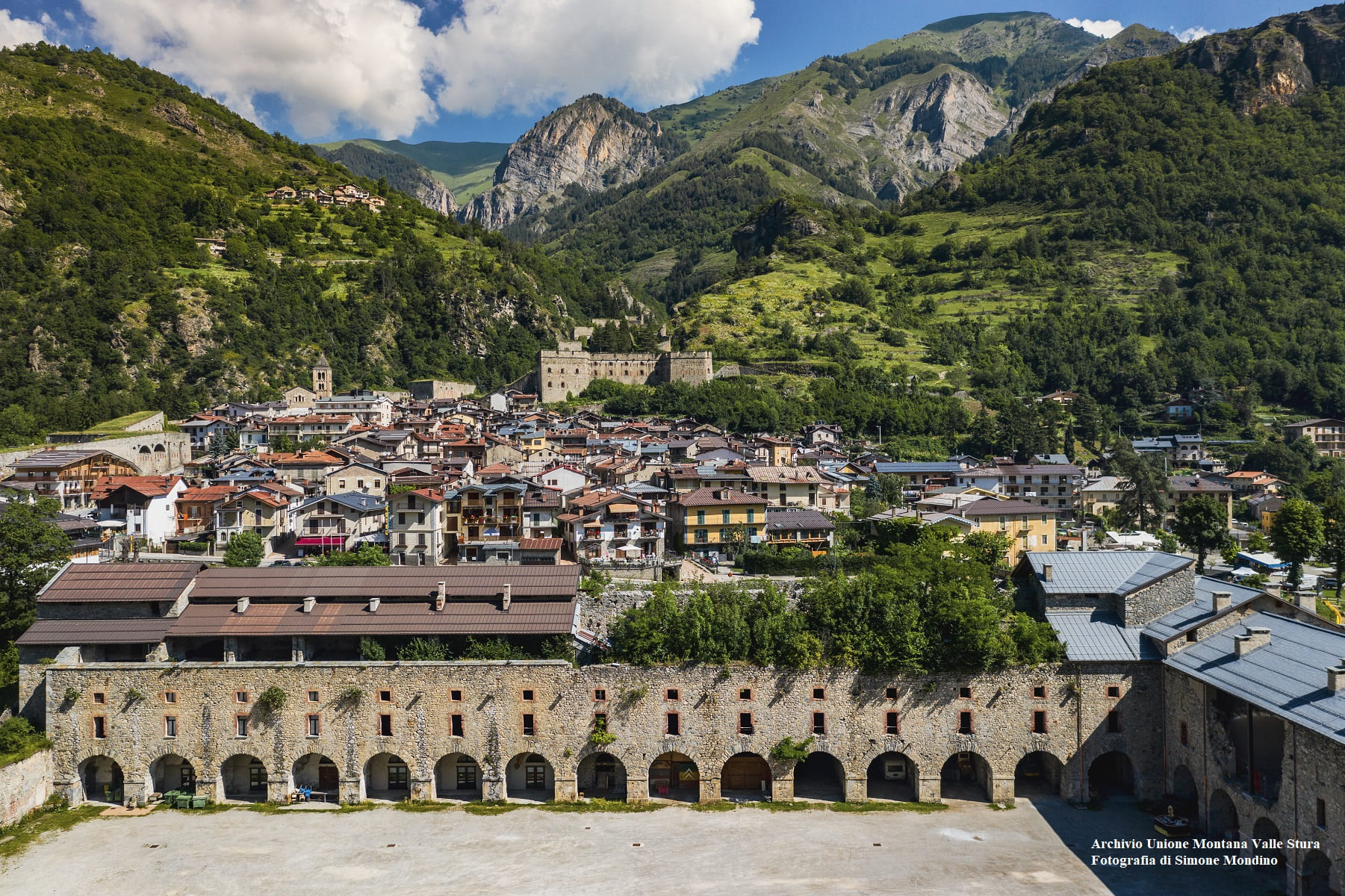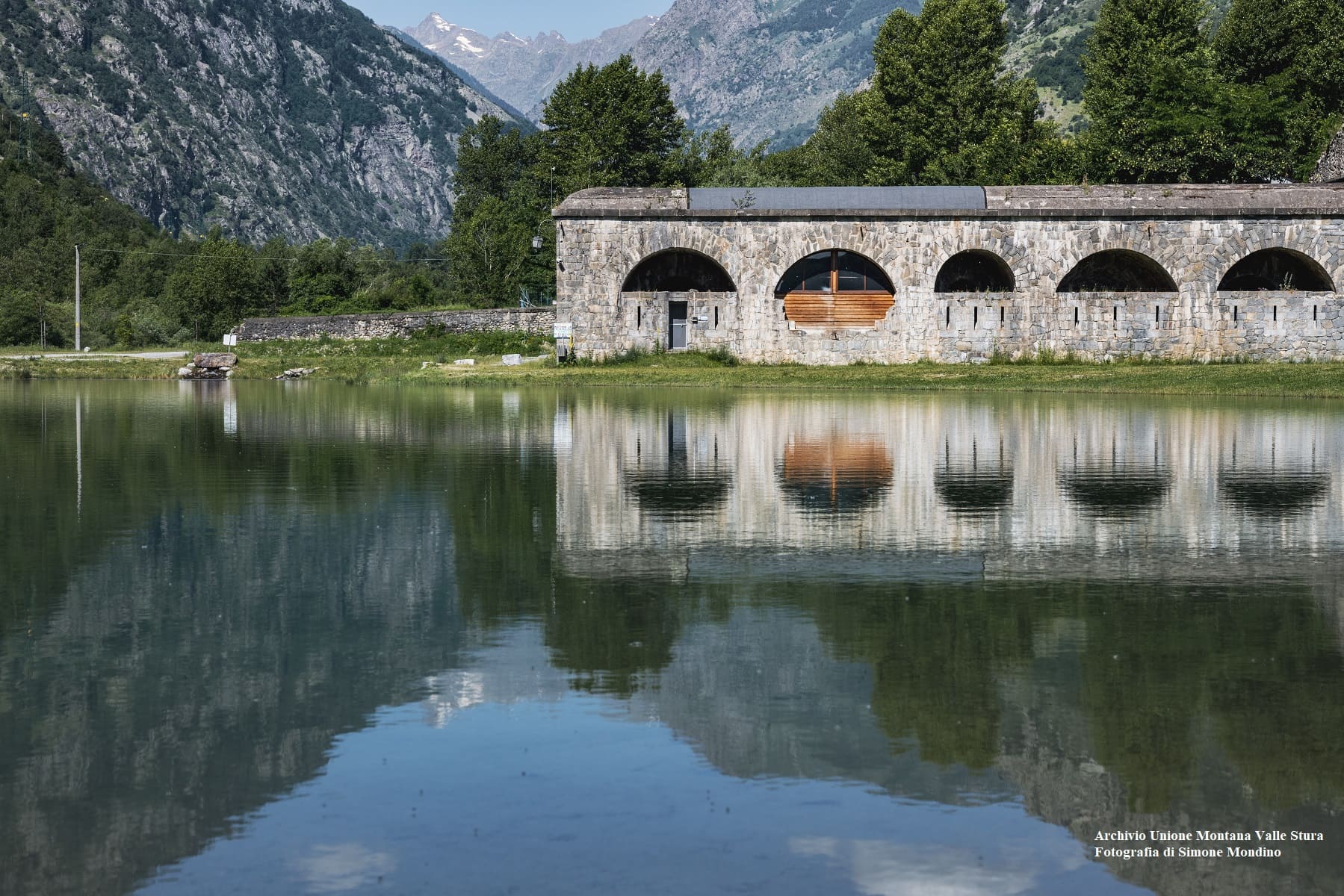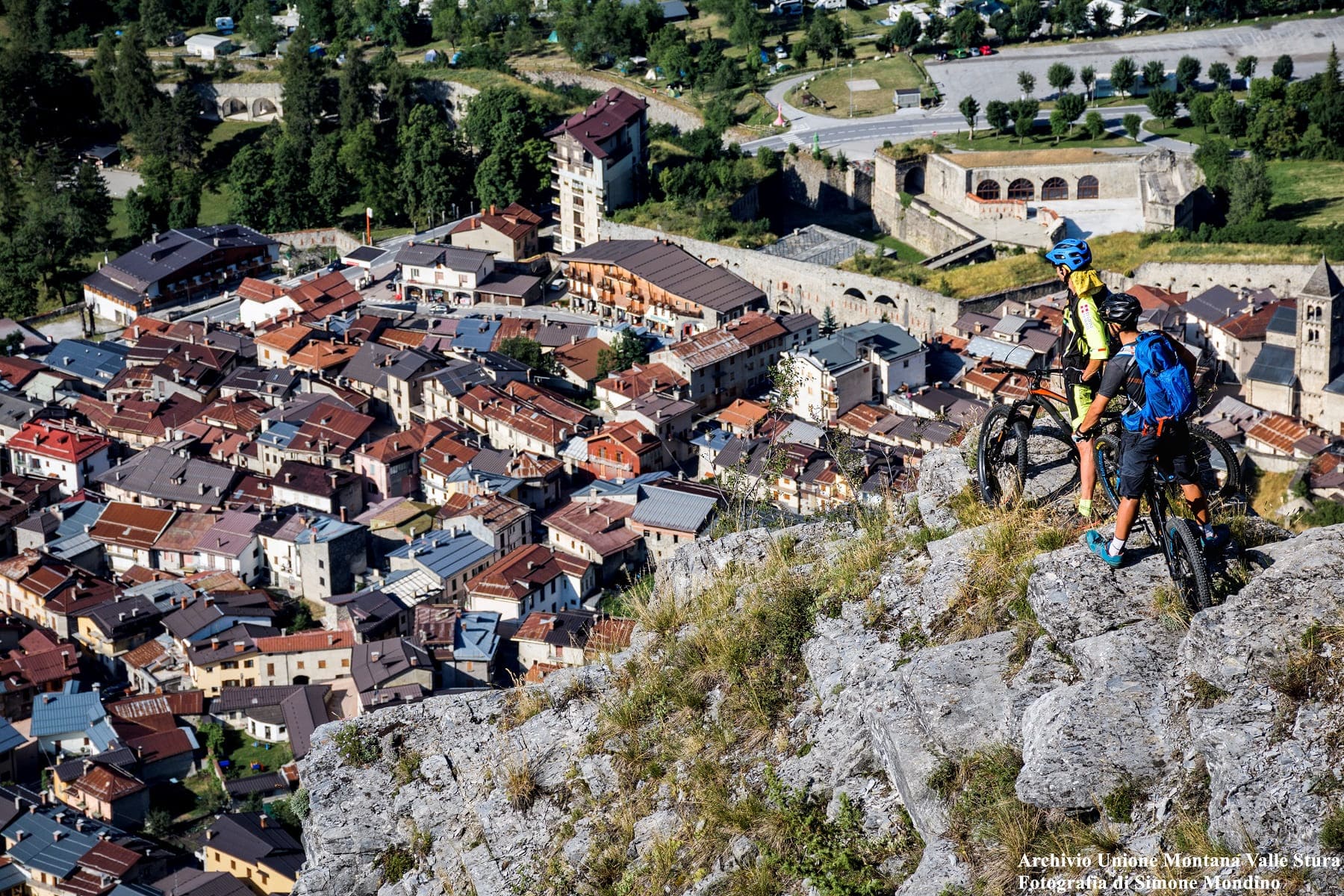The Fort of Vinadio or Albertino Fort, is a pivotal monument of the Stura Valley, symbol of the municipality that houses it and of the whole territory. In addition to the undoubted historical value, it is among the most significant examples of military architecture in the entire Alps. It is still home to events, themed tours and much more!
A BIT OF HISTORY
With the advent of the nineteenth-century Restoration, the Savoys decided to refortify the Stura Valley, creating in Vinadio an imposing barrage: the Albertino Fort of Vinadio.
For a long time, the interest of strengthening the access to the valley, to prevent the descent of the French armies.
The construction of the fortress, commissioned by King Charles Albert, began in August 1834 and was completed in 1847. Despite a brief interruption, from 1837 to 1839, in just eleven years a true masterpiece of engineering and military technology was achieved for which up to 4,000 workers from the areas of Biella and Bergamo were employed.
The idea was to build a great defensive line, whose numbers are impressive!
The fortification, which flanks the village to the west, has an airline length of about 1,200 meters that develops from the rock of the fort to the river Stura. The walkways, which wind inside on three levels, reach a length of about 10 km and their height in some points reaches 18 meters, with a thickness at the base of 2 meters.
The fortress is divided into three bodies: the front of attack, the lower front and the upper front.
The upper and lower fronts consist mainly of barracks, defensive works to protect the artillery. The front of attack placed in front of the entrance of the fortification, was the only way of communication that opened on the village and constituted the main road to reach the Colle della Maddalena.
The military could accommodate a garrison of about 1,800 men with 140,000 rations of spare food, two ovens capable of producing 3,600 bread rations and tanks with a total capacity of 500,000 liters of water.
The fort was not marked by major war events and in 1862 was used as a prison for a group of Garibaldi.
There was therefore no baptism of fire and in the early ‘900 the barrage was to be considered outdated, as the structures in stone bearing masonry could no longer withstand the fire of modern weapons.
Inactive during the First World War, in 1938 it was inserted in the Alpine Wall and some barracks were adapted to accommodate modern artillery. During the Second World War it was occupied by German troops and towards the end of the war it suffered some bombing by Anglo-American troops, whose traces are still visible today. Its history ended on 25 April 1945, when retreating German troops undermined the structure at various points. The commitment of the population and fortuitous causes prevented its devastation, except for the central powder magazine which was reduced to a heap of rubble.
After some important restoration works, it is currently open to the public. You can make a path in the heart of the imposing defensive line through ramparts, underground and protected tunnels. Guided tours can be booked during regular opening hours; there are also specific paths dedicated to teaching as well as special openings for groups and schools.
You can always visit the permanent exhibition “Montagna in Movimento”, a multimedia path related to the Southern Alps and in the winter months there is an ice rink and a bar.
Ideal place to listen to stories, play, run, give vent to your creativity with paths suitable for every age group, able to involve and intrigue even children. Forte Albertino is also part of the VIAPAC route, a road for contemporary art and houses an important work of the famous sculptor David Mach.
The Unione Montana Valle Stura, in collaboration with the association ASFAO and Fraternali Editore has created a 1:25,000 scale hiking map of all the fortifications of the Stura Valley, from 1861 to 1945, in addition to the forts of Roccasparvera, Demonte and Vinadio, from previous times. On the front there is the cartography with the positions of the Works and the relative legend, while on the back are described all the 152 Works with the year of construction, weapons, the state of conservation and some curiosities. In addition, for each work is indicated the walking time to reach them and the possibility of arriving by mountain bike nearby.
The card is on sale in the best bookstores in Borgo San Dalmazzo and in Valle Stura, as well as at Porta di Valle – Valle Stura.





